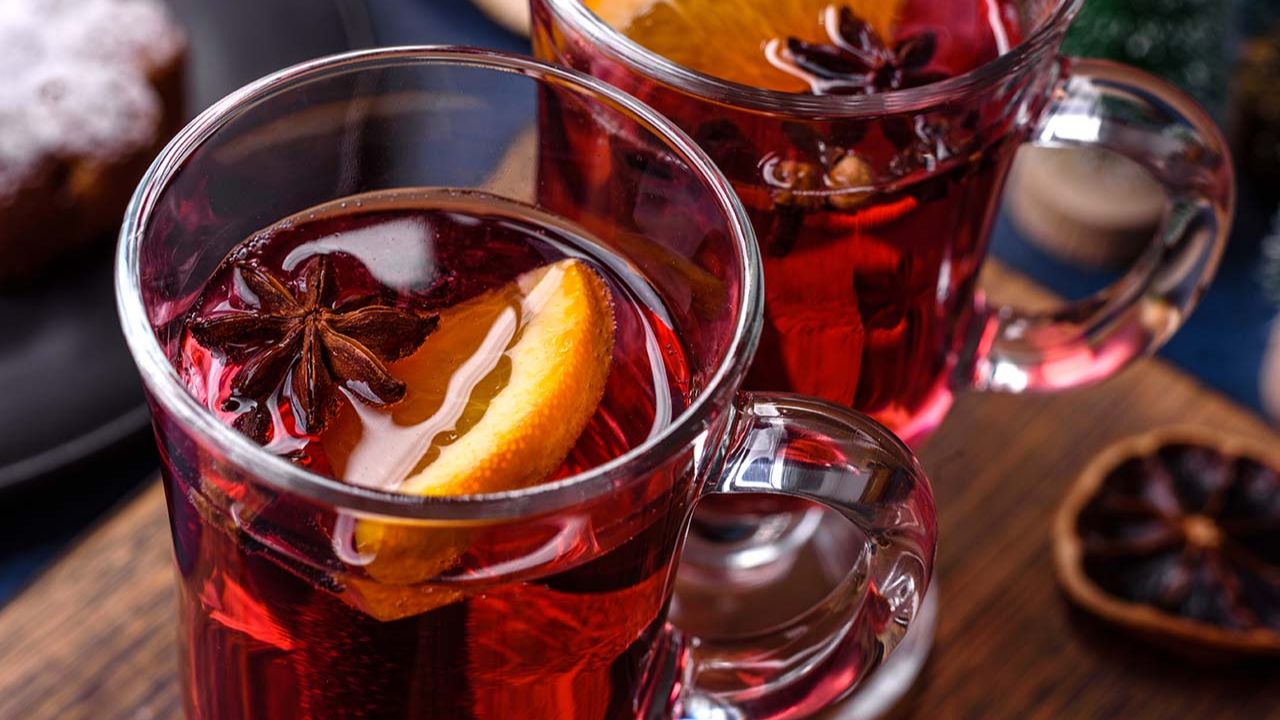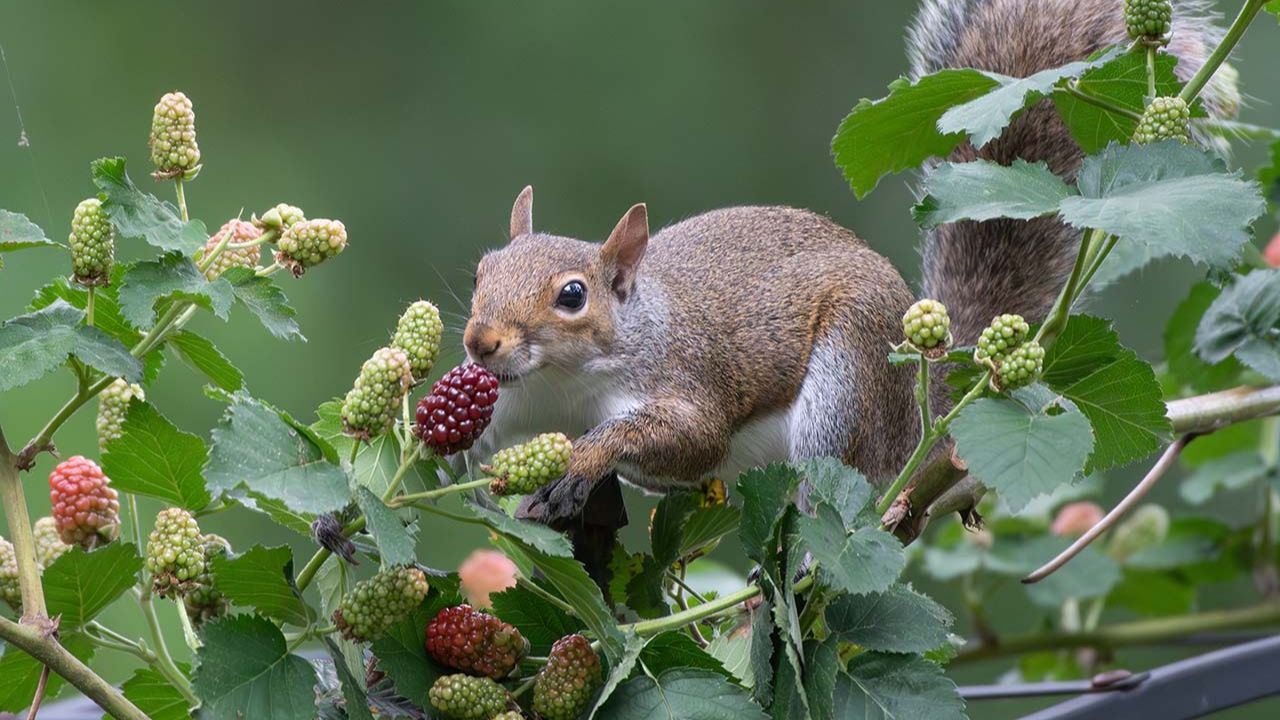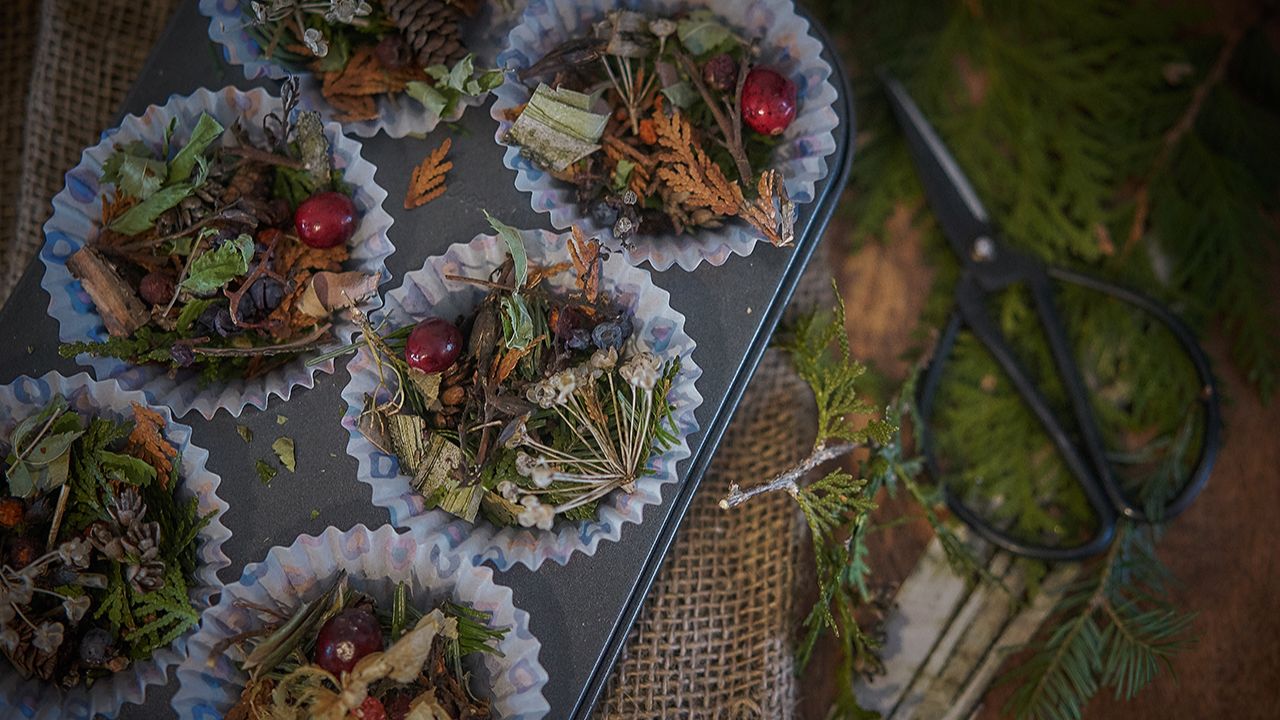
Mustard Uses and Plant Monograph
The mustard plant thrives in many climates around the world and requires relatively little tending. Mustard has been a popular spice and food for many peoples since ancient times and has been historically important in crop rotation due to its ability to substantially enhance the yield of barley and wheat as well as to kill soil borne pathogens.
The Romans blended unfermented grape juice that contained the skins, seeds, and stems of the fruit, known as “must”, with ground mustard seeds, likely from the white or yellow mustard plant (Sinapis alba). This combination resulted in a mixture called “burning must” or mustum ardens, which eventually evolved into the term “mustard.”1
Black mustard (Brassica nigra), brown mustard (Brassica juncea), and white or yellow mustard (Sinapis alba) are all commonly cultivated for their edible seeds and leafy greens, which carry many health benefits.
Mustard Uses and Plant Profile Summary
-
Botanical Name: Black mustard, Brassica nigra, brown mustard, Brassica juncea, and white or yellow mustard, Sinapis alba.
-
Other Common Names: Brown mustard, Brassica juncea, is also known as Indian mustard, Chinese mustard, leaf mustard, and vegetable mustard.
-
Family: Brassicaceae
-
Parts Used: seeds, leaves
-
Energetics: warming, stimulating
-
Taste: spicy, pungent, slightly bitter
-
Plant Properties: antidiabetic/hypoglycemic, anti-inflammatory, antimicrobial, antioxidant, antispasmodic, diaphoretic, digestive, diuretic, emetic, laxative, rubefacient
-
Plant Uses: arthritis, rheumatism, migraines, bronchitis, respiratory congestion, diabetes, constipation, indigestion, irritable bowel syndrome (IBS)
-
Plant Preparations: poultice, tincture, vinegar, oil, food

Mustard for the Circulatory System
Mustard seeds are a good source of omega-3 fatty acids, which help lessen the risk factors for heart attacks.2 They also enhance blood circulation, and facilitate the elimination of toxins, thereby alleviating swelling and reducing pain.3 A serving size (one cup) of mustard greens provides a full day's supply of vitamin K, which is essential for preventing blood clots and improving heart function.4 Also, vitamin K plays a crucial role in maintaining bone health, as deficiencies can increase the risk of osteoporosis and bone mineral abnormalities often diagnosed with blood tests.

Mustard for the Gut
The plentiful oils found in mustard, also referred to as glucosinolates, offer diverse health advantages.5 These oils aid in the digestion of fatty or difficult-to-digest foods by supporting the stomach, bile, and intestines in their processes. This is one of the main reasons we see mustard paired in culinary recipes with various meats, starchy roots like potatoes, and fermented foods like pickles meant to aid digestion. Mustard seeds can stimulate digestive enzymes, promoting a healthy digestive system.

Mustard as Food
Mustard as a condiment is made from mustard seeds. Whether whole, ground, cracked, or bruised, they are combined with water, vinegar, lemon juice, wine, or various other liquids, along with salt, and sometimes additional flavorings and spices. This mixture results in a paste or sauce that can range in color from bright yellow to dark brown. Mustards have a wide spectrum of tastes, varying from sweet to spicy. Homemade mustard recipes typically need several days of resting before eating to mellow and become less bitter.
It is common to find cucumber pickles in a brine that is partially infused with mustard seeds or mustard powder. The oils released from the mustard seeds have antimicrobial properties, which can prevent the growth of harmful bacteria during the pickling process.6

Cucumber Mustard Salad
This refreshing salad combines the savory nourishment of avocado with the refreshing crispness of cucumber, with a warm, peppery tang of mustard seed.
Ingredients
- 1 large cucumber
- 1 avocado
- 2 tsp mustard seeds
- 1 tbsp olive oil
- 2 tsp white wine vinegar
- Olive oil
- ½ teaspoon salt (or to taste)
- Ground black pepper to taste
Directions
- Whisk the vinegar, mustard, salt and pepper in a bowl. Add oil slowly while whisking.
- Rinse and peel the cucumber, then slice into 1/8 to 1/4 inch slices.
- Peel avocado, cut into 1/8 to 1/4 chunks.
- Toss the cucumber and avocado with the dressing to coat.
Mustard greens are the leaves of the mustard plant and are commonly sold under the names curled mustard, Southern curled mustard, Southern mustard, American mustard, or Texas mustard. A side dish of cooked tender mustard greens with onion, garlic, and smoked turkey is a staple in the African-American culinary tradition of the Southern United States.7

Mustard Remedies
An ancient herbal remedy, mustard plasters are still used today to treat inflammation, congestion, and chronic pain conditions such as migraines and arthritis.8 It is said that Hippocrates, an ancient Greek physician, used mustard plasters as a remedy for lung problems.9 A mustard plaster is a poultice of mustard seed powder paste that is sometimes combined with other herbs like ginger or mint, wrapped in fabric, and applied topically to the body part that one is trying to treat (e.g., it is placed on the chest for cough and congestion). The power of mustard plasters comes from the rubefacient properties of the seeds that work by increasing circulation to warm the muscles.

Mustard Plaster
This simple folk remedy combines mustard seeds with flour, which helps to hold in the moisture. White or whole wheat flour both work well. Mustard’s rubefacient qualities are very effective for increasing blood circulation to the surface of the skin. For the same reason, much caution is needed to ensure the vulnerable skin does not have direct contact with the mustard pack. One should also check the skin often when the mustard pack is on, ideally every minute or two, to make sure it is not getting too red or starting to blister.
Ingredients
- ¼ cup of ground mustard seeds
- ½ cup of all-purpose flour
- 2 tablespoons of warm water
- Olive, grapeseed, almond, or avocado oil
- Cotton cloth or cheesecloth (standard size 20x20 inches)
- Hot water bottle
Directions
- First, cover the area of the chest you want to treat with a generous amount of oil (such as olive oil, grapeseed oil, almond, or avocado oil)
- Mix flour and mustard powder in a mixing bowl.
- Add a small amount of water to the dry ingredients and mix them together.
- Continue to slowly add water until you have formed a smooth paste.
- Apply the paste to a cotton cloth or cheesecloth that has been folded over once for extra thickness. Fold the cloth over the paste.
- Place onto the chest over the skin that has been rubbed with oil. Make sure the paste does not have direct contact with the skin, as it may cause skin to burn.
- Place a heat source such as a hot water bottle on top of the mustard plaster.
- Leave plaster on for 20 minutes.
Caution: Check underneath the plaster every couple of minutes to check for redness. Remove if there is any irritation or blisters beginning to form.

Mustard Seed and Honey Face Mask
This simple face mask combines the hydrating, stimulating and exfoliating benefits of mustard seeds for skin with the cleansing and brightening qualities of honey. I recommend using raw, local honey for best results.
Ingredients
- 1 tbsp of whole mustard seeds
- 1 tbsp raw honey
Directions
- Grind your mustard seeds in a blender (or crush them with a mortar and pestle).
- In a bowl, mix together your fresh mustard powder with raw honey to form a paste. (If the paste is too firm to rub easily onto skin, add a little more honey).
- With clean fingertips, rub the face mask gently onto the skin of your face, using circular motions, leaving space around the eyes to ensure the mustard powder does not irritate them.
- Relax with the mask soaking into your skin for 15–20 minutes, then wash the mask off with warm water.

Mustard Seed Tincture Recipe
A mustard seed tincture is a potent remedy that can be used as a simple or in formulas to help support healthy digestion and immunity.
Ingredients
- ⅓ cup of organic yellow mustard seeds
- 80–100 proof vodka (40%–50% alcohol)
Equipment
- 8 oz canning jar with lid
- Mortar and pestle
- Mesh strainer
- Measuring cup or bowl with pouring spout
Instructions
- Lightly pound the mustard seeds in a mortar and pestle, being careful not to grind them into a powder.
- Fill the canning jar one-third full with the pounded mustard seeds, which for a 8 oz canning jar is equal to ⅓ cup.
- Pour the vodka into the jar, ensuring that the mustard seeds are completely covered and leaving about a quarter-inch of space at the top.
- Twist the lid tightly onto the jar and shake gently to mix the ingredients.
- Allow the tincture to steep for 4–6 weeks. It can be placed in a sunny spot or a cool, dark place. Shake the jar periodically during this time and check on the herbs. (If you notice that the alcohol level is decreasing due to herb absorption, you can open the jar to add more vodka and then seal it tightly again. This is common with leafy and flower herbs, though less so with seeds.)
- Once the steeping period is complete, prepare to strain the tincture. Place a mesh strainer over a measuring cup or bowl with a pouring spout.
- Pour the tincture over the mesh strainer to separate the infused alcohol from the mustard seeds. Avoid pressing on the herbs while straining to keep the tincture clear and free of any bits.
- Transfer the strained tincture into a clean, airtight glass dropper bottle for storage, preferably dark amber glass. Ensure that the container is properly labeled with the date and contents. Store in a dark, cool place.
- To use, put one full squeeze of the tincture using the dropper into a small glass of water (2–4 oz. of water) and drink two to four times daily or as recommended by your physician.

Mustard Cultivars
The mustard plant has historically played an important role in many traditional diets of the world. This generous plant has been bred over time by many farmers into various different vegetables that many people eat today, such as cauliflower (bred from the flower bud), broccoli (bred from the flower bud and stem), cabbage (bred from the terminal leaf buds), Brussels sprouts (bred from the lateral leaf buds), kale (bred from the leaves), and kohlrabi (bred from the stem).10
Many mustard cultivars or cruciferous vegetables including broccoli, cabbage, and cauliflower, possess a naturally occuring compound called diindolylmethane or DIM. DIM supports the liver’s detoxification process. In addition, eating more vegetables containing DIM has been observed to shift estrogen metabolism, increasing the balance of the forms of estrogen that are more protective and away from potentially harmful estrogen metabolites.11

Botanically Speaking
Mustards are herbaceous plants which have delicate green stems, toothed, lobed leaves, and yellow flowers arranged in spike-like clusters of 2–12. The seeds, ranging from red to light brown to nearly black in color, are produced from each flower. Mustards can reach heights between 1.2-2 meters (4–6.6 feet) and survive only one growing season as annual plants.
Growing and Harvesting Mustard
Mustard grows best in temperate regions where temperatures do not exceed 75°F and temperatures down to 32°F, which makes it a cooperative cold-hardy plant. Many growers agree that black mustard is the least challenging of the three varieties to cultivate.
The tender younger leaves are ready to harvest and eat when they are around 5-inches in length. You can harvest individual leaves or wait for one large harvest of larger leaves. Mustard is typically ready to harvest anywhere from 80 to 90 days after planting.
It is time to harvest mustard seeds from your garden when the last yellow flower has faded or the pods start to dry and turn pale brown. After harvesting the pods, you can extract the seeds either by crushing the pods with clean or gloved hands, or by placing them in a paper bag and shaking them. Once dried and separated, store your mustard seeds in a tightly sealed jar labeled with the date of harvest in a cool, dry location.

The Controversy of Mustard Oil in the United States
Mustard oil, extracted from mustard seeds, enjoys widespread popularity in kitchens and topical home remedies across South Asia, notably in regions like West Bengal in northern India, as well as in Bangladesh and Pakistan. True mustard oil is derived directly from mustard seeds, with variations in extraction depending on the region; mustard oil in India typically comes from black mustard seeds (Brassica nigra). Mustard oil is also featured in some Russian and Chinese cuisines and is sourced from brown mustard seeds (Brassica juncea).
Mustard oil is labeled "For External Use Only" in the United States due to its high content of erucic acid, a fatty acid that has raised concerns in some circles about its potential health effects. While widely used in cooking in some parts of the world, some studies suggested a link between erucic acid and heart disease in animals. In response, canola oil was developed, with low erucic acid levels, and mustard oil was restricted for human consumption in the U.S. Although data on the safety of erucic acid in humans is inconclusive, the precautionary labeling persists, emphasizing its use solely for external purposes.12,13

Plant Preparations and Dosage Suggestions
- Food: 100mg
- Tincture: 1 ml in water (2–4 oz. of water) 2–4 times daily or as recommended by your physician, using the tincture recipe recommended above.
Special Considerations
It is advisable to avoid medicinal use of black, brown, or white mustard in medicinal amounts during pregnancy, as they contain compounds that could induce menstruation and lead to a miscarriage. In regard to breastfeeding or bodyfeeding, there is insufficient knowledge about its effects on both the gestating parent and the nursing baby.
For individuals with diabetes, consuming black mustard medicinally may lower blood sugar levels, potentially causing them to drop too low when combined with diabetes medications. Monitoring blood sugar levels closely is recommended. There is also a concern that black mustard may interfere with blood sugar control during and after surgery if used as a medicine. It's advisable to discontinue its use at least two weeks before scheduled surgery.
White mustard can sometimes trigger allergic reactions in individuals allergic to mugwort pollen, nuts, legumes, and members of the Rosaceae plant family, which includes peaches and plums.









